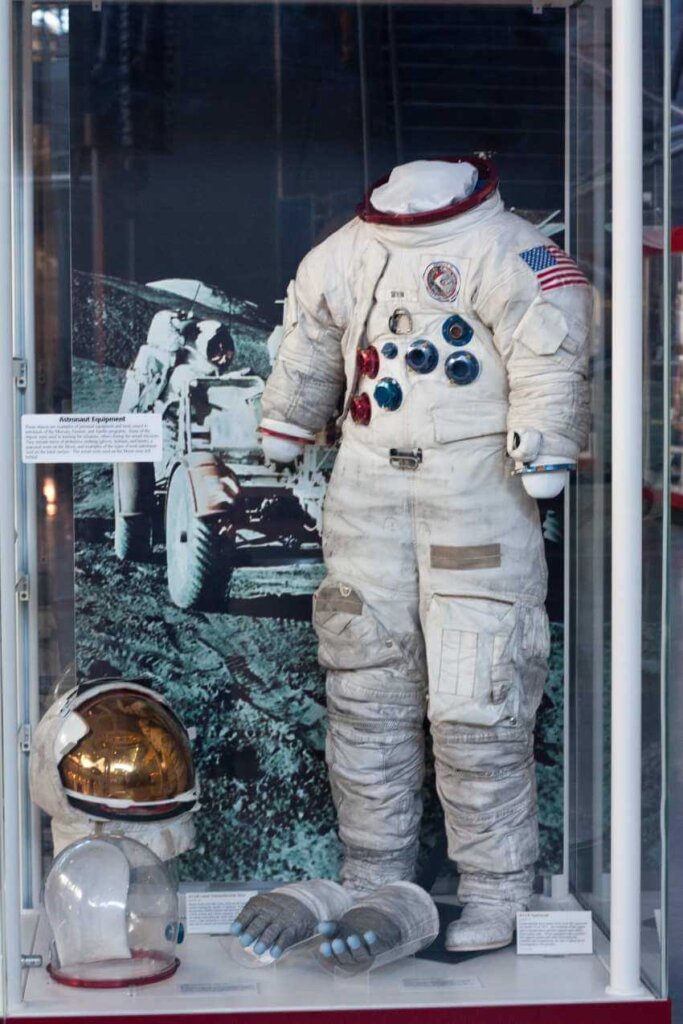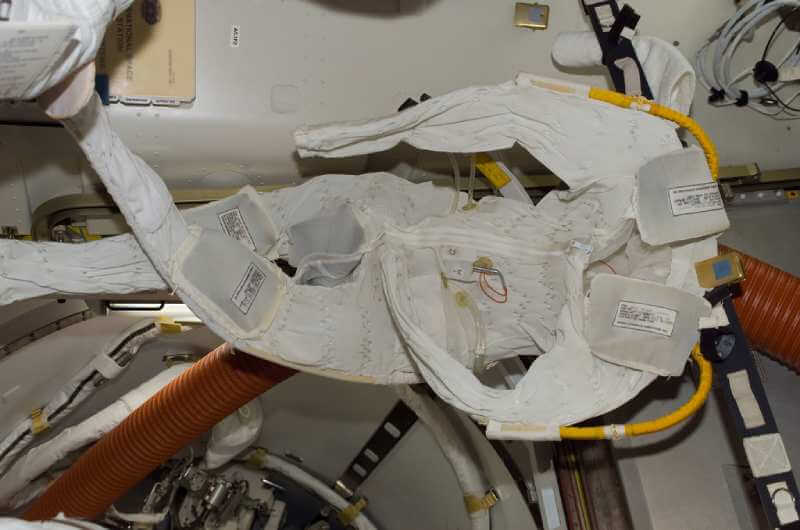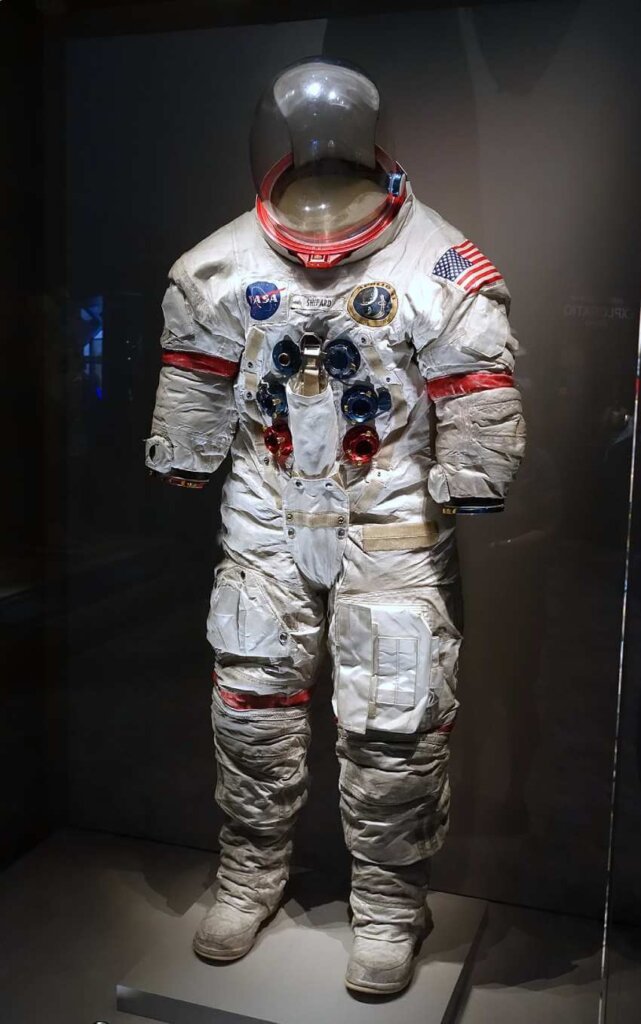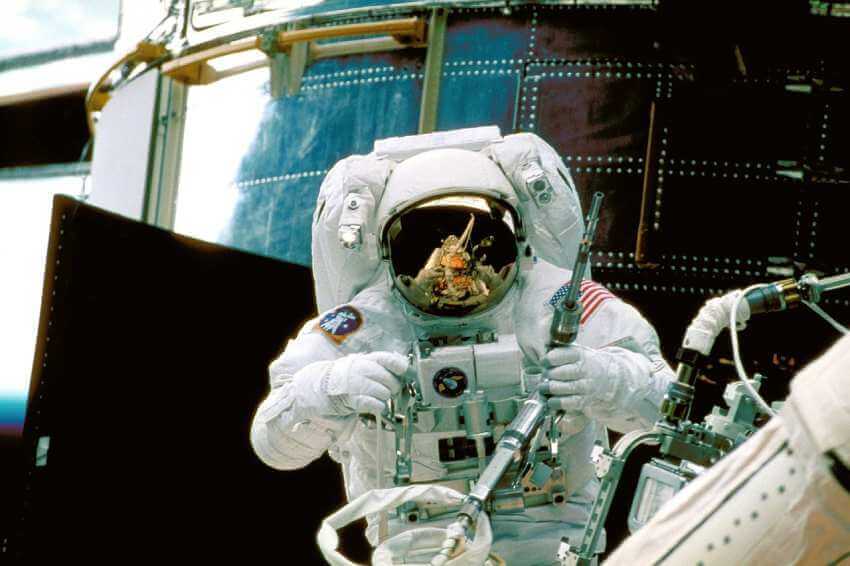Have you ever wondered why astronauts always wear those bulky, white suits when they venture outside their spacecraft? Spacesuits have become synonymous with space exploration and for a good reason. These suits are designed to protect astronauts from the harsh conditions of space and allow them to perform their tasks safely and efficiently.
Whether they are conducting repairs on the International Space Station, conducting spacewalks, or exploring the lunar surface, spacesuits are an essential component of every astronaut’s mission. In this article, we will explore the various components of spacesuits, how they work, and why they are crucial to space exploration. We will also take a closer look at what astronauts wear underneath their suits and how this helps them stay comfortable and focused during their missions.
The Importance of Spacesuits
Spacesuits play a crucial role in ensuring the safety and survival of astronauts during spacewalks and other extravehicular activities. These suits are specially designed to protect astronauts from the harsh environment of space and enable them to perform complex tasks with ease.

Here are some of the key functions and features of spacesuits:
● Pressurized environment: Spacesuits provide a pressurized environment that protects the astronaut’s body from the vacuum of space. Without a suit, an astronaut’s body would be exposed to the vacuum, causing immediate death due to the lack of air pressure.
● Temperature regulation: Spacesuits are equipped with cooling and heating systems that help regulate the astronaut’s body temperature. The suits can protect astronauts from extreme temperature variations, ranging from -250°F in the shade to +250°F in the sun.
● Radiation protection: The Earth’s atmosphere provides a natural shield against harmful radiation from the sun and other sources. In space, however, astronauts are exposed to high levels of ionizing radiation, which can damage their DNA and increase the risk of cancer. Space suits are designed to provide some degree of radiation protection, shielding the astronaut’s body from harmful particles.
● Mobility: Spacesuits are bulky and heavy, but they are also designed to allow astronauts to move and perform tasks with ease. The suits have multiple joints and are made of flexible materials that enable the astronaut to move their arms and legs freely.
● Communication: Spacesuits are equipped with various communication devices, including radios and microphones, that enable astronauts to communicate with their colleagues on the spacecraft and on the ground. The suits also have cameras and other sensors that provide valuable data and information to mission control.
What Do Astronauts Wear Under Their Spacesuits?
While spacesuits are crucial to an astronaut’s safety and survival, what lies beneath them is just as important. The clothing worn underneath the suit must provide comfort, flexibility, and protection against various conditions such as sweat, body odor, and temperature fluctuations. Astronauts often spend hours or even days in their spacesuits, so having the right clothing underneath is essential for a successful mission.
Astronauts wear a specially designed garment known as the Liquid Cooling and Ventilation Garment (LCVG), which helps regulate their body temperature while in space. This garment is made up of a network of small tubes that circulate cool water to keep the astronaut from overheating.

But that’s not all astronauts wear under their suits! They also wear a maximum absorbency garment (MAG), which is essentially an adult diaper. This may seem strange, but it’s necessary during long-duration missions when astronauts can’t easily take a bathroom break. The MAG is designed to absorb and contain urine, keeping the astronaut comfortable and avoiding any potentially dangerous situations.
Apart from the LCVG and MAG, astronauts also wear special undergarments to prevent skin irritation and chafing. These undergarments are made of a soft, breathable material that wicks away sweat and keeps the astronaut comfortable during their spacewalks.
So, the next time you see an astronaut in their bulky spacesuit, remember that there’s a lot more going on underneath that suit than you might think. From liquid-cooling garments to absorbent diapers, the layers beneath the suit are just as important as the suit itself.
The Evolution of Spacesuit Technology
Spacesuit technology has evolved over the years to adapt to the changing needs of space exploration.
Take a look at how spacesuit technology has changed over time:
● 1935: The first pressure suit is developed by Wiley Post, allowing him to fly at high altitudes.
● 1961: The first spacesuit, the SK-1, was designed for use in space is worn by Yuri Gagarin during the Vostok 1 mission.
● 1965: NASA’s Gemini IV mission features the first American spacewalk, with astronaut Ed White wearing a maneuverable suit.
● 1969: The Apollo moon landing missions use the A7L suit, which provides oxygen and cooling, and allows astronauts to move more easily.
● 1984: NASA introduces the Extravehicular Mobility Unit (EMU), which is still in use today and has been updated with various improvements over the years.
● 2019: SpaceX introduces its own spacesuit design, featuring a sleeker, more modern look than traditional suits.
Challenges of Spacesuit Design
Designing a spacesuit is no easy task. Spacesuits must be durable, yet flexible enough to allow for a wide range of movement. They must also be lightweight to reduce the amount of fuel needed to launch them into space, but also provide adequate protection against extreme temperatures and radiation.

As well as providing oxygen, removing carbon dioxide, and maintaining body temperature, spacesuits need to be equipped with advanced life support systems. All of these factors must be taken into consideration when designing a spacesuit, making it a challenging and complex engineering feat.
What Does the Future of Spacesuits Look Like?
As space exploration continues to advance, so does the technology behind spacesuits. The future of spacesuits holds great promise, with plans for new materials and designs that can offer better protection and flexibility for astronauts. Advancements such as improved radiation shielding, enhanced mobility, and life support systems will continue to be developed to improve the safety and comfort of astronauts during spacewalks and extended missions. The future of spacesuits looks bright, with the potential to further our understanding of space and our place within it.
Conclusion
From the first spacewalk in 1965 to the present day, spacesuits have played an integral role in human space exploration. They protect astronauts from the harsh conditions of space and enable them to perform tasks that would be impossible without them. As technology advances, so do the design and functionality of spacesuits. It will be exciting to see what innovations will come next in the future of spacesuit design. One thing is for sure: spacesuits will continue to be an essential component of human space exploration for years to come.

